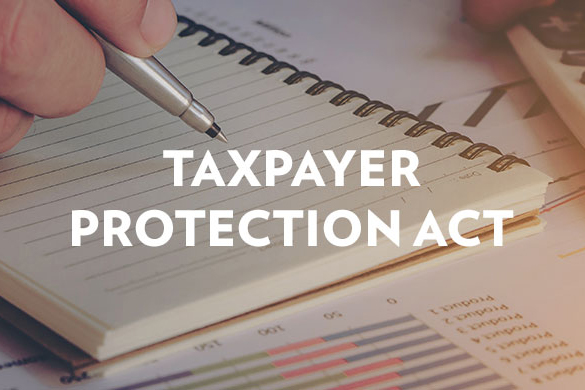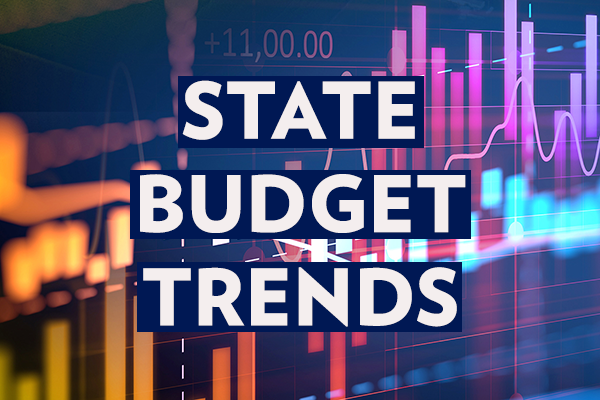My daughter recently started horseback riding lessons. She’s learning how to hold the reins with enough give for the horse to move but tight enough that the horse follows her directions. Like a wayward horse, state spending has veered off course. The Taxpayer Protection Act is the best way to rein in out-of-control spending.
As the chart below shows, the commonwealth’s total operating budget, which includes the General Fund and Shadow Budget, has more than tripled since 1970 (adjusted for inflation). This growth amounts to $4,503 more per resident, or $18,014 per family of four.
Graphic: PA's Total Operating Budget
The Taxpayer Protection Act—recently introduced in the house by Rep. Ryan Warner as HB 1316 and in the senate by Sen. Camera Bartolotta as SB 116—would begin to reverse Pennsylvania’s unsustainable spending trend. Like properly used reins, there would be some give. The TPA allows government to grow—it just limits that growth to a reasonable amount tied to population increase and inflation. Moreover, the TPA-imposed spending limit may be exceeded if approved by a supermajority of the General Assembly.
Graphic: State Spending vs. Taxpayer Protection Act
Before my daughter knew how to use the reins, she fell off a horse and got a concussion. It was a painful lesson for her—and a scary one for her mom. Similarly, when the state government grows without restraint, the results are painful—and scary—for taxpayers.
- In the last four years, the General Fund budget has grown by $3.6 billion, or 12.2 percent, which significantly exceeds the rate of inflation.
- In November, the Independent Fiscal Office (IFO) projected a $1.7 billion deficit going into 2019-20—despite robust revenue growth—due to borrowing and other mechanisms to delay costs.
- Pennsylvanians owe more than $128 billion in state and local government debt. This equals $10,015 for every man, woman, and child in the state.
The TPA requires government to prioritize spending, paving the way for tax reform that will benefit working Pennsylvanians. A pro-growth tax code and state spending that aligns with growth in the economy will make the commonwealth a more attractive place to live and work.
RELATED : ECONOMY, TAXES & SPENDING, PENNSYLVANIA STATE BUDGET, SPENDING LIMITS





